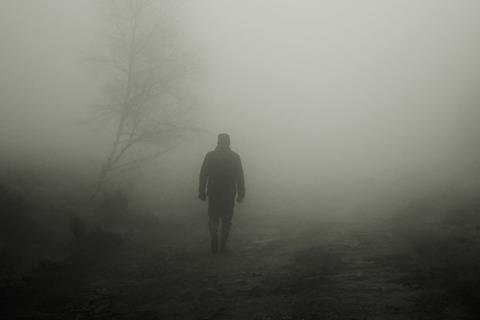A research team led by Lund University in Sweden has developed an AI tool that traces back the most recent places you have been to. The tool acts like a satellite navigation system, but instead of guiding you to your hotel, it identifies the geographical source of microorganisms.

This means you can use bacteria to determine whether someone has just been to the beach, got off the train in the city centre or taken a walk in the woods. This opens up new possibilities within medicine, epidemiology and forensics.
READ MORE: Edie uncovers how microbes can shine light on dirt bike vandalism
READ MORE: Forensics through biofilm microbiology
In a new study, published in the research journal Genome Biology and Evolution, a research team presents the tool Microbiome Geographic Population Structure (mGPS). It is a unique instrument that uses ground-breaking AI technology to localise samples to specific bodies or water, countries and cities. The researchers discovered that many places have unique bacteria populations, so when you touch a handrail at a train station or bus stop, you pick up bacteria that can then be used to link you back to the exact place.
Human microbiome
“In contrast to human DNA, the human microbiome changes constantly when we come into contact with different environments. By tracing where your microorganisms have been recently, we can understand the spread of disease, identify potential sources of infection and localise the emergence of microbial resistance. This tracing also provides forensic keys that can be used in criminal investigations,” says Eran Elhaik, biology researcher at Lund University, who led the new study.
To understand how Elhaik’s team can use bacteria to determine whether you have just been to the beach, got off the train in the city centre or taken a walk in the woods, we must first recognise that microbial communities, just like human populations, display particular geographical traces. Some data are global, whereas other data are restricted to specific regions or environments. In their study, the researchers focused on the bacteria that act like microscopic fingerprints.
“We analysed extensive datasets of microbiome samples from urban environments, soil and marine ecosystems and trained an AI model to identify the unique proportions of these fingerprints and link them to geographical coordinates. The results turned out to be a very powerful tool that can pinpoint the source site of a microbiome sample with impressive precision,” says Eran Elhaik.
Pinpointing cities
According to the researchers, this breakthrough was enabled by an enormous volume of microbiome data from various environments, including 4,135 samples from the public transport systems in 53 cities, 237 soil samples from 18 countries and 131 marine samples from nine bodies of water. The research team succeeded in pinpointing the city source for 92 per cent of the city samples.
In Hong Kong, the team pinpointed with 82 per cent accuracy the underground station the samples came from. And in New York City, mGPS could distinguish between the microbiome of a kiosk and handrails just one metre away. With increasing microbiome data volumes in the future, Eran Elhaik is optimistic that this is just the beginning of a whole new era in forensics.
“We have only just begun to understand the relationship between microorganisms and environment. We are now planning to map the microbiome of entire cities, which could be a boost for forensic investigations and let us get to know the organisms that inhabit our streets, gardens, skin and bodies,” he says.







No comments yet